wikiHow is a “wiki,” similar to Wikipedia, which means that many of our articles are co-written by multiple authors. To create this article, 20 people, some anonymous, worked to edit and improve it over time.
There are 11 references cited in this article, which can be found at the bottom of the page.
This article has been viewed 107,349 times.
Learn more...
Everybody loses things from time to time, but losing your retainer for your teeth can be especially frustrating. Retainers only work if you wear them as much as possible, so every moment with a lost retainer is a moment that your smile isn't being cared for. It's important to do everything you can to avoid losing your retainer, since they are necessary for your smile and costly to replace. But if you do lose your retainer, there are several things you can try to help you find it!
Steps
Retracing Your Steps
-
1Stop and think. Before panicking and running all over looking for it, sit down and think about what you were doing the last time you remember having it. Try to mentally recreate the scene: where were you? Who were you with? What were you doing? Try to reconstruct a detailed memory, including how you were feeling, the flavor of food you might have been eating, the scents in the room, and any other details you can remember.[1]
- Try to remember the events that followed your last memory of having it with you. If you last took it out to eat chips and have a soda, think about what you did next. Did you go put your dishes in the sink? Perhaps you brought your retainer with you to the kitchen. Did you run to the restroom? Perhaps you took it there. Or perhaps you put it under your napkin while you were eating, and folded the napkin and then inadvertently disposed of the whole thing. In that case, it may be in the trash.
-
2Stay calm. Otherwise, your stress hormone level will rise, causing you to have a fast pulse and sweaty palms. These intense emotions cloud your judgment and memory, can easily distract you from being able to recall where you last had it.[2]
- If you feel yourself start to panic, take a few deep breaths, in through your nose and out through your mouth. Sit down and close your eyes for a few minutes before resuming your search.
Advertisement -
3Look everywhere. If you've retraced your steps and still cannot find it, it is time to start looking in more unexpected places. It could easily be in the bathroom, in your room, backpack, or locker. Just because it wasn't in your nightstand doesn't mean it's not under your bed.
- Take a systematic approach to your search; you are more likely to be successful if you treat each room or location like a crime scene and carefully analyze it, rather than if you start throwing other items around and digging through things in a panic.[3] When you enter a room to search, begin on one wall or section of the room, and then work in a circle until you've searched the entire room. Remember to search in levels, including ground level (looking under furniture and on the ground), in drawers and on desks and tables, and on top of higher furniture and shelves.
-
4Ask around. Don't be embarrassed to tell your parents, friends, or roommate that you've lost your retainer. It's a better alternative to having crooked teeth because you didn't wear your retainer.
- Let people know where you saw it last and see if they happened to see it. Some people are unfamiliar with retainers and may not realize it is not trash. For example, if you lost it in a restaurant or cafeteria, be sure to tell those working there that you've misplaced it; they may have tossed it in the garbage without realizing.
-
5Get help. If all else fails, ask someone to help you search. Other people won't feel the same anxiety you might be feeling, so they can search with a clear head. They might also be able to help see things you've overlooked.
- In the case of parents, remember that they'd probably rather help you find your retainer than pay for a new one!
Keeping Your Retainer From Being Lost
-
1Wear your retainer. If it's in your mouth, you won't lose it. This is especially helpful in the early stages when you are just getting used to this new addition to your routine.[4]
- In most cases, for at least the first month, the only reasons you should remove it is to eat, brush your teeth, or play contact sports. After that, you should wear it every night for two years, and then at least three nights a week for the rest of your life.
-
2Be consistent. Keep your retainer in the same place every time you remove it, so that you won't have to spend time searching for it in the future.
- Keep it somewhere convenient, out of the reach of children and pets. A shelf in your bedroom or in a bathroom medicine cabinet can be a good option.
-
3Never wrap it in a napkin. The most common way that retainers are lost is when they are removed at a restaurant or in the cafeteria and wrapped in a napkin so that no one will see them, and then inadvertently discarded with the trash.[5]
- It might be embarrassing to have your retainer on display for the whole table to see, but probably not as embarrassing as having to ask a restaurant hostess to dig through the trash to find your lost retainer.
-
4Use memory strategies. When you do have to remove your retainer in a situation where you can't quickly put it in its normal place, use memory strategies to remember where you've put it. If you put your retainer down mindlessly, it will be harder to remember where you've put it later. But if you are mindful of where it is when you put it down (what psychologists call "effortful processing"), you can use recall strategies to remember.[6]
- Say where it is, out loud, as you put it down. For example, "I'm putting my retainer on the counter next to the aloe vera plant." Saying things out loud makes your brain consciously think about your action, which can help you remember what you did later.[7]
- Tell someone. When you take your retainer out, tell whoever you are with where you're putting it. You can even text a friend! That way, if you can't find it later, you can always ask. This has the same benefit of saying it out loud, but with the added benefit of having a second person to help remember.
- Practice mindfulness. Mindfulness is a meditative practice that involves focusing on sensations, sights, sounds, and other details of the present moment. By making an effort to be mentally present in your day-to-day routine, you can avoid mindlessly setting your retainer down and instead train yourself to think consciously about the moment as you remove it.[8]
-
5Get a case. There will always be those times when you have to remove your retainer and have nowhere to put it discreetly, such as when you're eating at a restaurant or when you want to chow down on popcorn at the movie theater. It is worth it to spend a little money on a case, just as you would for glasses or anything else you need to keep track of.[9]
- Choose a case in a very bright color, so that it will be eye-catching and easy to spot if you misplace it. If it does happen to get thrown in the trash, it will be easier to find.[10]
- If you carry a purse or backpack, keep the case in the bag at all times. That way, when you remove the retainer, you can stash it right back in a special pocket in your bag so you don’t forget where it is.
- Consider a carrying case with a clip for added security. You can clip the case onto a loop on your clothes or in your bag so that you don't drop it inadvertently. These are available from Amazon or websites like Dentakit.
-
6Motivate yourself to keep it safe. Retainers are costly, so if you know that you will suffer a financial setback by losing it, you might do a better job of keeping it safe.
- If your parents typically pay for your retainers, resolve to pay for your own replacement if you lose it. Knowing that you will have to give up allowance or work odd jobs to pay for a replacement can be a great motivator!
- If you typically purchase your own retainers, promise yourself a reward if you manage to not lose it before it's time to replace it again. The reward might be something you've been wanting to purchase for yourself like new shoes or a belt, a day at the spa, or a truffle from the candy store. Make sure it is something you wouldn't normally reward yourself with, so that it will be motivating to you!
- The only way these motivators will work is if they encourage you to practice memory strategies and make an effort to remember where you put your retainer, so commit to putting in the extra cognitive work!
Replacing a Lost Retainer
-
1Call your orthodontist. It's important to get a new retainer if you absolutely cannot find yours. Otherwise, your teeth will shift and you will lose whatever progress you have made in shifting them.
-
2Be prepared for the replacement cost. Retainers are expensive, and most cost a couple of hundred dollars (US) per piece (top or bottom).
- Ask your dentist or orthodontist about her replacement policy for lost retainers. Also ask if you can get a reduced rate if you purchase more than one retainer at a time, so that you can have a backup on hand if you need it again.[13]
References
- ↑ https://www.psychologytoday.com/blog/fulfillment-any-age/201101/mindlessness-and-memory-slips-how-find-what-youve-lost
- ↑ https://www.psychologytoday.com/blog/fulfillment-any-age/201101/mindlessness-and-memory-slips-how-find-what-youve-lost
- ↑ https://www.psychologytoday.com/blog/fulfillment-any-age/201101/mindlessness-and-memory-slips-how-find-what-youve-lost
- ↑ http://braceline.com/your-new-smile/retainers/
- ↑ http://brisbane-orthodontics.com.au/post-treatment-care
- ↑ https://www.epilepsy.org.uk/info/health-matters/memory/specific-problems
- ↑ https://www.psychologytoday.com/blog/fulfillment-any-age/201101/mindlessness-and-memory-slips-how-find-what-youve-lost
- ↑ https://greatergood.berkeley.edu/article/item/can_mindfulness_improve_your_bad_memory
- ↑ http://www.archwired.com/6-_come_off.htm
- ↑ http://www.chicagonow.com/tween-us/2013/09/tween-parenting-tips-3-ways-to-hang-on-to-a-retainer/
- ↑ http://identityortho.com/blog/teeth-on-the-move-all-about-relapse-and-retainers
- ↑ http://www.animated-teeth.com/dental-braces/a-invisalign-dental-retainers.htm
- ↑ http://health.costhelper.com/retainer.html
About This Article
It can be frustrating when you lose your retainer, but with a bit of careful thinking, you might be able to find it. Try to remember the last place you were when you had it, then check there. If you don’t find it there, look everywhere that you’ve been since you last had it. Some common spots you might look include in the bathroom, on top of shelves, under your bed, in your backpack, or even in the trash. Ask your family or friends for help if you still can’t find it. They may be able to remember the last time they saw it. To learn how to replace your retainer if you lost it, read on.



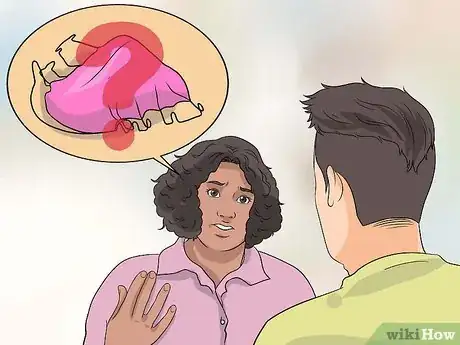
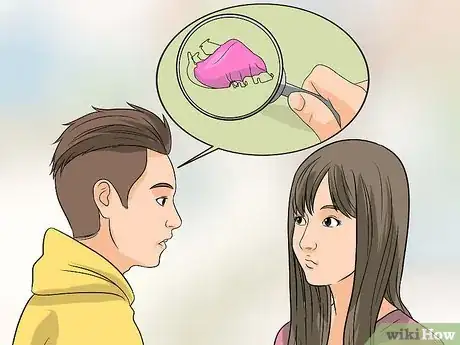
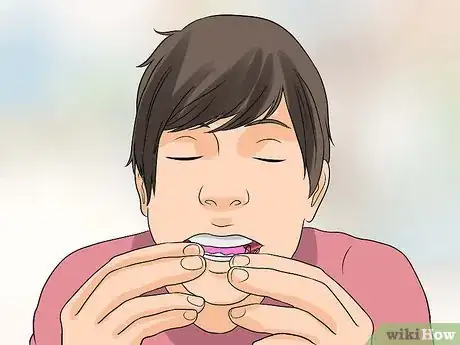
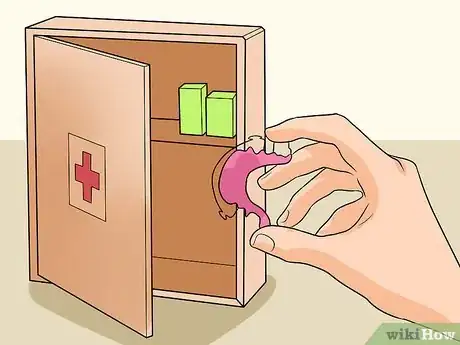
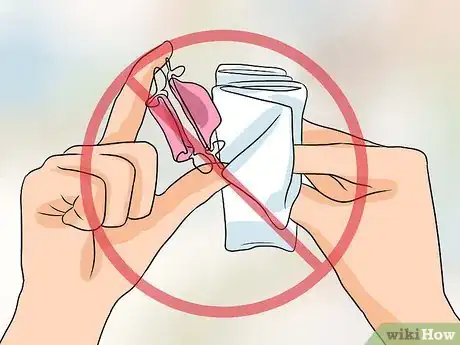

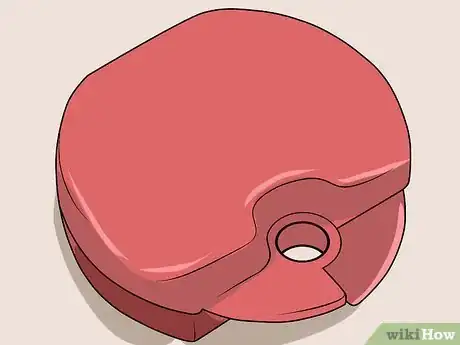
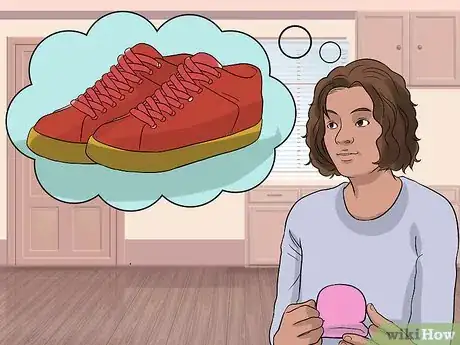

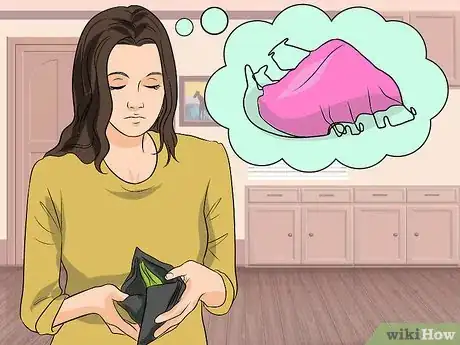
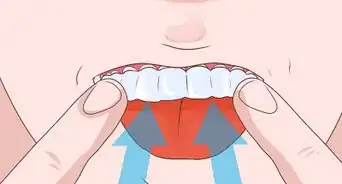
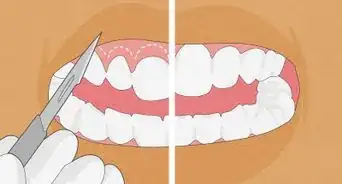

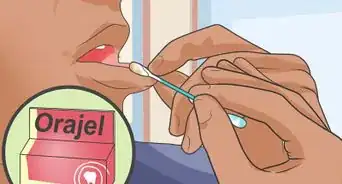

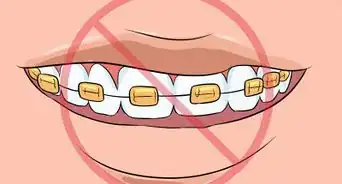
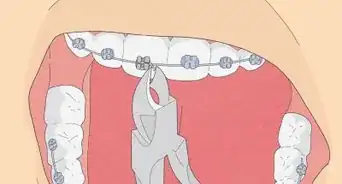
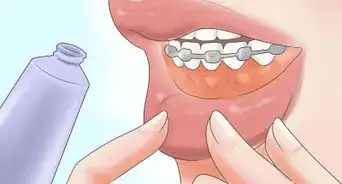
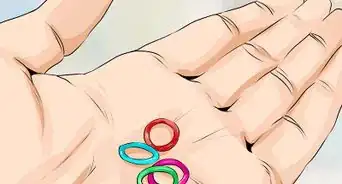

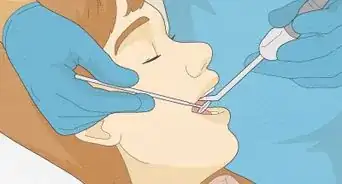

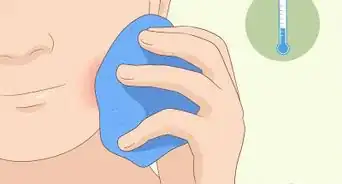
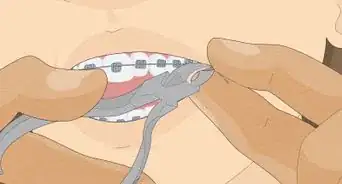






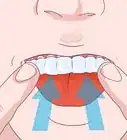
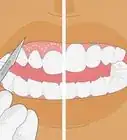

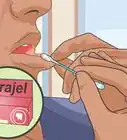



































Medical Disclaimer
The content of this article is not intended to be a substitute for professional medical advice, examination, diagnosis, or treatment. You should always contact your doctor or other qualified healthcare professional before starting, changing, or stopping any kind of health treatment.
Read More...